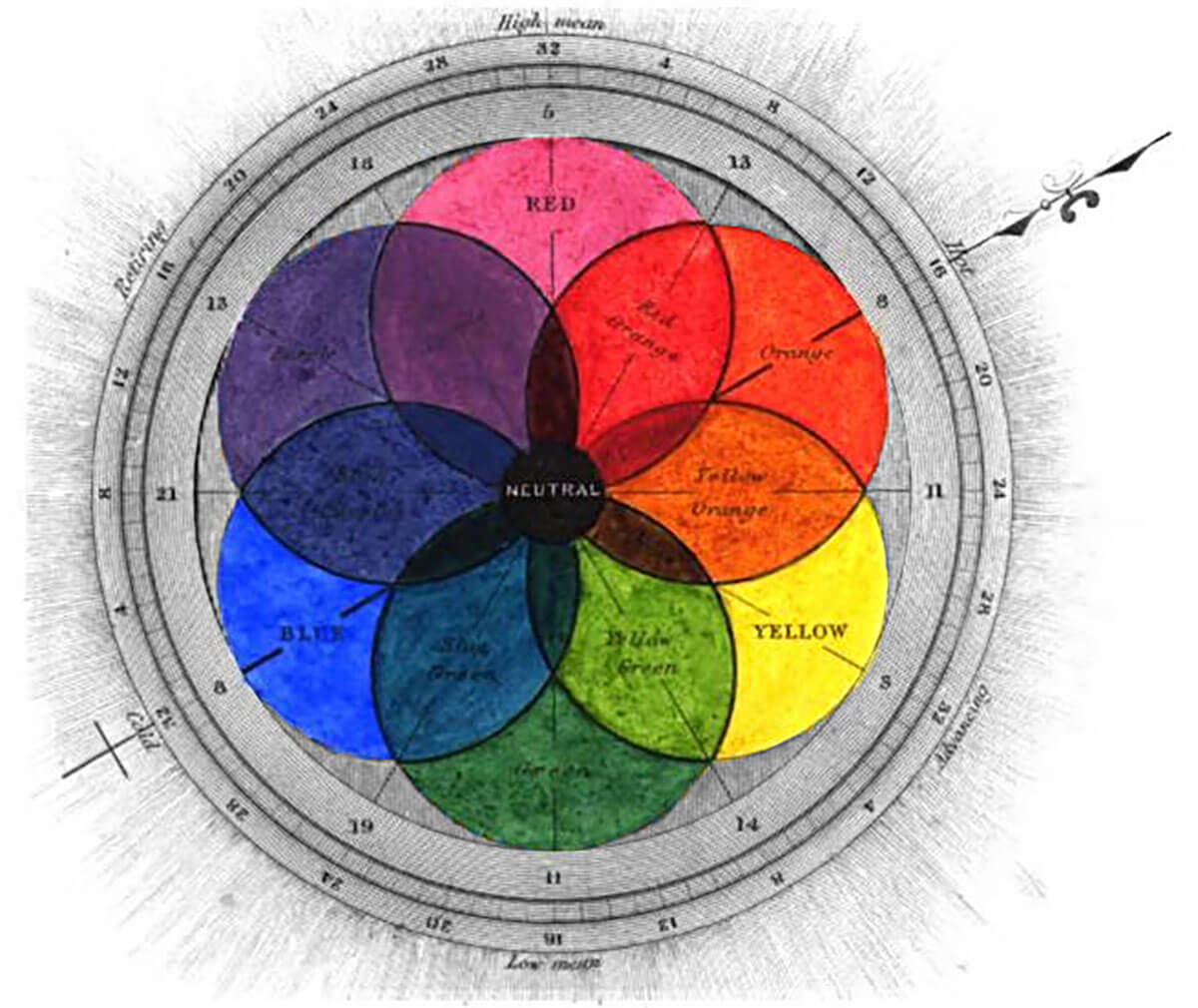Red and cyan are called complementary colors because when combined, they produce a range of hues that appear natural to the human eye. The term “complementary” is used in the color wheel sense of two colors that when mixed together, produce a grayish-brown color. In the subtractive color system, red and cyan are complementary colors because they cancel each other out – red absorbs green and blue light, while cyan absorbs red and yellow light.
When you mix these two colors together in equal proportions, all the wavelengths are absorbed and none is reflected back to your eye, resulting in black.
Red and cyan are complementary colors because they produce white light when combined. This is due to the fact that red and cyan are opposite each other on the color wheel and therefore cancel each other out. When all three primary colors are combined in equal amounts, the result is pure white light.

Credit: www.ecgprod.com
Is Red And Cyan a Complementary Color?
Red and cyan are complementary colors. This means that when these two colors are combined, they create a new color. The new color is called “purple.”
When you mix red and cyan together, the resulting color is purple. Purple is made by combining red and blue light. Red and cyan are opposite each other on the color wheel, so when these two colors are combined, they create a new color.
Why are Colors Called Complementary?
Complementary colors are those that are opposite each other on the color wheel. They are called complementary because they can be used together to create a striking, vibrant image.
When you place complementary colors next to each other, they create the illusion of vibrancy and movement.
This is because our eyes perceive the two colors as being different, and our brain creates an optical illusion of brightness and movement.
The most common use for complementary colors is in interior design and fashion. By using these colors together, you can create a look that is both eye-catching and stylish.
So why are these colors called complementary? The answer lies in their ability to work together to create something beautiful.
What is the Complementary Color of Cyan?
The complementary color of cyan is red. This is because when you mix these two colors together, they produce a brownish-black color.
Is Red Complementary to Green Or Cyan?
Red and green are complementary colors. This means that when they are combined, they create a neutral color. When red and green are combined, the result is either yellow or brown.
Cyan is not a complementary color to red.
What are the Complementary Colors
Complementary colors are pairs of colors that sit opposite each other on the color wheel. When used together, they can create some stunning visual effects.
One of the most popular combinations is orange and blue.
These two colors have a natural affinity for each other and can really make a statement when used together. Another great complementary color combination is purple and yellow. These two colors provide a beautiful contrast and can really liven up a space.
When using complementary colors, it’s important to be aware of the effect you’re trying to achieve. Too much of either color can be overwhelming, so it’s important to use them sparingly and in moderation. A little bit goes a long way!
Conclusion
Red and cyan are called complementary colors because they produce a color when combined that is equivalent to white light. This is due to the fact that each color absorbs one of the other colors in the visible spectrum, leaving only light that is equal to the sum of the two original colors. For example, when red and cyan are combined, all of the blue and green light is absorbed, leaving only red and cyan light.
